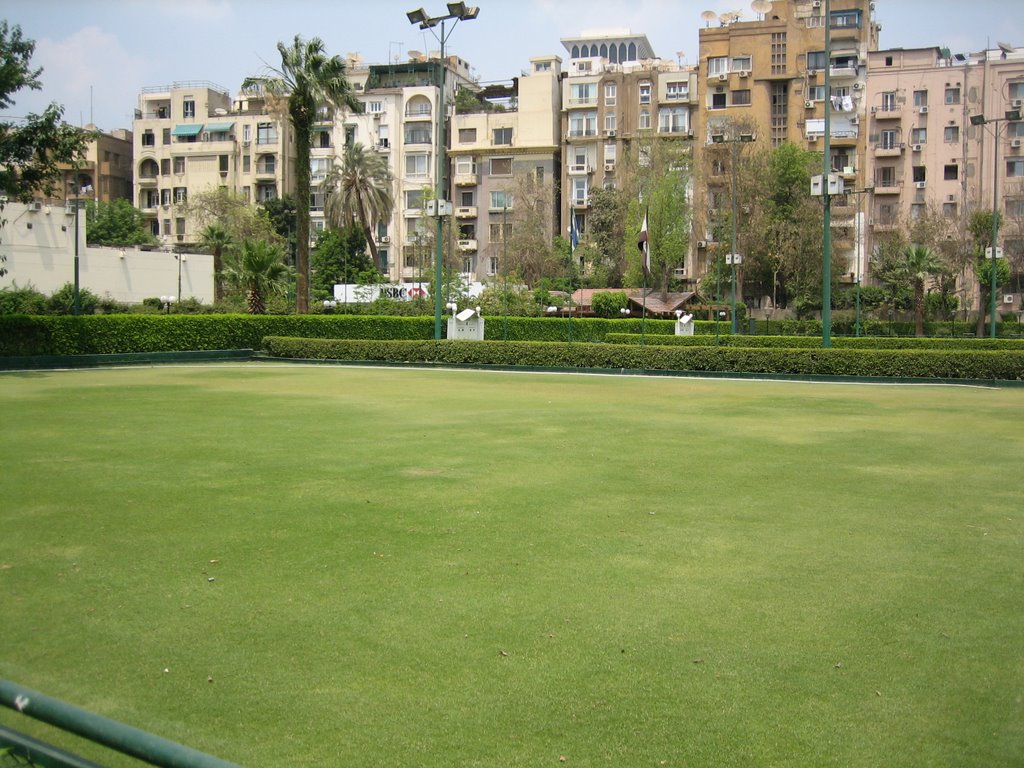
Uploaded on 2017-04-03 by Sam Hanna
Check the temperature differences in US cities - DONE! Which are the main UHI effects that you can identify in your area? Now that you saw the significant effect of UHI in the US cities, can you provide data and information for your own place of residence? According to the research done by the National Authority for Remote Sensing and Space Sciences (NARSS), Cairo, Egypt among other educational and research entities, the Urban Heat Island (UHI) results in significant and sometimes dramatic increases in air temperature differences between the urban environment and its surrounding areas. The heat island structure may extend from the ground to the top of roofs and canopy levels above ground. The Urban Heat Island effect is a leading factor in a long list of human health problems which are expected to increase with the rapid growth of urban populations and projected future climate change. Urban heat island studies can be conducted through either direct measurements of air temperature using automobile transects and weather station networks or through measuring surface temperature using airborne or satellite remote sensing. In this study, UHI was investigated over the Greater Cairo during both summer and winter seasons over two different dates. Landsat 7 ETM+ data were used and the mono-window algorithm was applied in the study. Results emphasis that both types of heat islands exist in the study area i.e. the surface and the atmospheric heat islands. Temperature differences ranged between 0.5 ̊C to 3.5 ̊C and these are much related to the existing land use/covers. It could be concluded that expansion of urban areas in Greater Cairo has led to increased thermal radiation of land surface on the highly populated areas. The obtained results from this study could be concluded in the following main points: • UHI exists regardless of the season i.e. winter or summer in the two investigated dates. • The two types of the heat islands, the surface and the urban one, exist in the study area. • The value of heat islands over the urban area is ranging between 0.5 and 3.5 degree above the mean temperatures of the urban areas and it is much related to the existing land use/land cover. • Urban Heat Island which is our main concern in this study is much related by the land use i.e. in the industrial areas it has a great effect such as what is recorded in Division 15th of May District (3.5 degree). • The impacts of UHI lead to more energy load for conditioning and with condition like what Egypt has from very poor planning in the old urban centers. The electricity cut off becomes a series problem and this may be an effect of the UHI phenomena. • Different factors contribute to the UHI such as roofs covering material, urban structure, existence of vegetation, street width, directions, etc. REFERENCE: http://file.scirp.org/pdf/ARS_2015030315125157.pdf Cairo City The difference between the picture above and the one below is about 10-15 degrees due to the UHI effect, in my community where we live we have more open areas and less traffic than the city, thus contributing to a better micro-climate and an overall feeling of relative comfort versus the city... Gezira Sporting Club Which are the measures you would propose? I would try to change the lay of the land inside the city and elsewhere by decentralizing the governmental buildings allocations form the city center to urban areas in order to relieve the pressure off the city center, this will affect transportation and daily migration from the urban zones to the city. Ideally I would also try to change the habits of the people to get them to be more environmentally friendly, use less utilities whenever possible, walk and exercise more, implement environmentally friendly transportation systems, utilize the dormant resources like the NILE River for transportation in lieu of trucks, implement a solar strategy for all buildings to supply the energy grid with vital power during the daytime and reduce the oil/coal and other forms of CO2 burring fuels. Is UHI effect concerning policy making in your area? I know of some policies in within our community that are planned to reduce the UHI effect but they have not been implemented yet and no results can be shared...